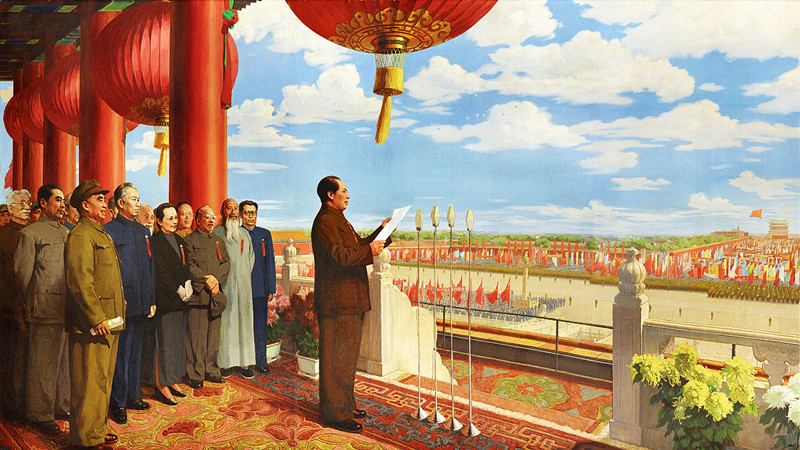As a world-renowned ancient cultural city, Beijing is said to have been the home of the "Peking Man" about 500,000 years ago. But its history as a city dates from 1045 BC of the Zhou Dynasty(1046BC-771BC), over 3000 years ago.
For a span of 1000 years, Beijing was the capital of China, to be specific, the provisional capital of the Liao Kingdom (916-1125) and the capital for Jin Kingdom (1115-1234), Yuan (1271-1368), Ming (1368-1644) and Qing (1644-1912) dynasties. During these five periods, 34 emperors ever lived and ruled here.
Most of what we see today in Beijing was built during the Ming dynasty (1368-1644) when the huge city walls were repaired and redesigned. Yongle is credited with being the true architect of the modern city, and much of Beijing's hallmark architecture, such as the Forbidden City and the Temple of Heaven, date from his reign.
The basic grid of present-day Beijing had been laid. A change of government came with the manchus, who established the Qing dynasty in 1644 and began to build numerous suburban gardens including the well-known Summer Palace.
After extensive reconstruction during the Ming and Qing, Beijing emerged as an architectural masterpiece fit to serve as the capital of the Chinese empire.

On January 31, 1949, the Chinese People's Liberation Army formally entered Beijing, opening a new chapter in the long history of the city. It was in the Tian'anmen Square on October 1st, 1949, that Chairman Mao Zedong proclaimed the establishment of the People's Republic of China, and the city was again designated as the capital of China.
As a hub of Chinese civilization and culture, Beijing boasts 7300 cultural relics and historic sites and more than 200 scenic spots.
Traversing for several kilometers on lofty and rugged mountain ranges, the Great Wall is the only man-made structure that can be seen in the outer space. Noted for its undisturbed tranquility, the Summer Palace is a classic representative of royal gardens and summer retreats. Situated at the city's heart, the Forbidden City is a fine embodiment of China's long history and vibrant culture. Beijing is also well-known for its labyrinthine hutongs and square courtyards, which have become an integral part of this city after hundreds of years.
Beijing has become a cultural monument with great vitality, encompassing great past glories and modern progress in economics, social systems, science and technology. Beijing also takes great pride in its cultural heritage and environment. Through adopting a strategy of sustainable development, this ancient city will display a brand-new image to the world.
